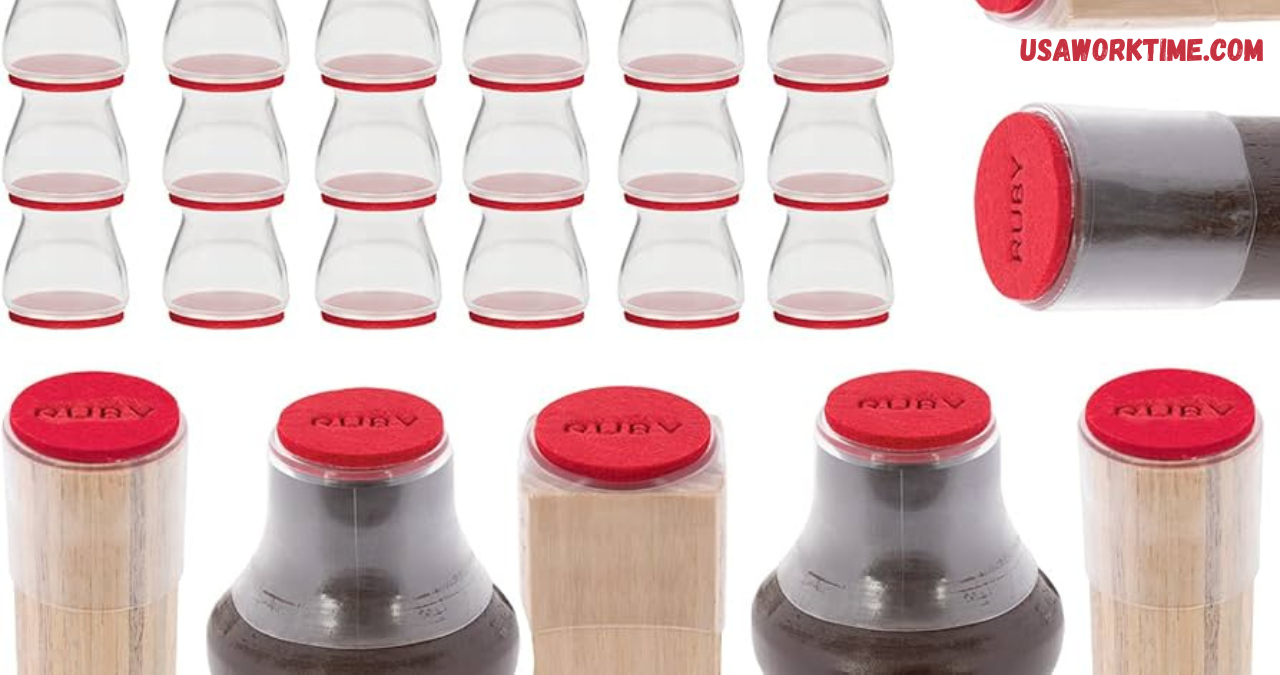In today’s fast-paced digital world, user Ruby Sliders need to be dynamic, engaging, and accessible. Sliders—those sleek, interactive components that let users adjust values or navigate content—have become an essential part of modern web design. While JavaScript often dominates the scene, Ruby sliders are quietly emerging as powerful, elegant alternatives, particularly in Ruby-based environments like Rails. Whether you’re a seasoned developer or a curious designer, understanding Ruby sliders can elevate your UI/UX toolkit.
Let’s explore the fascinating world of Ruby sliders—how they work, where they shine, and how you can implement them into your next project.
Introduction to Ruby Sliders
Ruby sliders are interactive UI components built using Ruby (often within Ruby on Rails) to allow users to manipulate values visually—commonly in the form of drag-able elements. These sliders are typically integrated with form inputs or data filters and can be found in everything from pricing filters to audio players.
Brief History and Origin of the Term
The term “Ruby slider” isn’t official in the UI design dictionary, but in developer communities, it often refers to sliders built with Ruby or integrated into Ruby-based environments. As Ruby on Rails continues to grow in popularity, UI components like sliders are increasingly customized with Ruby backends for seamless data handling and presentation.
Importance in Web Development
Ruby sliders offer a blend of backend power and frontend elegance. They allow real-time value updates, sync effortlessly with server-side logic, and enhance user experience without relying solely on heavy JavaScript frameworks. Their design flexibility makes them ideal for applications that demand both aesthetics and functionality.
Overview of Use Cases
From filtering products in an online store to managing data ranges in analytics dashboards, Ruby sliders provide smooth, intuitive interaction. They also cater well to accessibility needs and are ideal for mobile-first applications.
Technical Foundations of Ruby Sliders
Ruby sliders are not standalone widgets; they’re usually implemented using a combination of HTML, CSS, JavaScript, and Ruby. The Ruby backend handles the data logic, while the frontend presents the interactive elements. In most cases, jQuery UI or StimulusReflex can be used alongside Ruby to enhance interactivity.
How Ruby Sliders Work

When a user interacts with the slider, the value is captured and sent to the Ruby backend—either through AJAX or form submission. The server processes this data and returns a response that can dynamically update content on the page. This real-time interaction is particularly powerful when paired with Rails’ Hotwire or Turbo features.
Comparison with Other Sliders
Unlike JavaScript-only sliders, Ruby sliders allow deeper integration with server logic. This means that your slider can directly influence database queries or API calls without needing extra middleware. This tight coupling also makes debugging and data tracking much easier.
Accessibility and Performance
Ruby sliders can be designed with accessibility in mind by incorporating keyboard navigation and ARIA attributes. Performance-wise, lightweight Ruby code combined with Turbo Streams or Stimulus can keep load times low and responsiveness high—even for data-heavy applications.
Implementing Ruby Sliders in Projects
Before you begin, ensure you have a Ruby on Rails environment ready. Install necessary gems such as stimulus-rails, hotwire-rails, or UI libraries like noUiSlider (through Yarn or Webpacker) to handle the frontend side.
Advanced Features and Customizations
Ruby sliders are highly customizable. Add animations, color transitions, or tooltips to enhance the UI. For instance, you can allow dual-thumb sliders for range selection, or use AJAX to update graphs based on slider values. For responsiveness, use CSS flexbox or grid to ensure the slider adapts to various screen sizes.
Common Pitfalls and Troubleshooting

Common issues include incorrect value binding, poor mobile compatibility, and performance lags. Always validate values on the server-side and ensure cross-browser testing. Use browser dev tools to monitor AJAX requests and debug slider behavior.
Real-World Applications and Use Cases
In eCommerce sites built with Rails, Ruby sliders can be used for price filtering, color selection, and quantity adjustments. They provide a more tactile, intuitive user experience that boosts engagement and conversions.
Media and Content Navigation
Ruby sliders also work well in media-rich environments. For example, they can be used for adjusting playback in audio/video players or scrolling through image galleries. With Ruby handling the backend, content can load dynamically without full page refreshes.
Admin Dashboards and Analytics
Admin panels often require interactive data exploration tools. Ruby sliders help users filter date ranges, metrics, or other KPIs quickly. Integration with Rails’ live-update tools makes the experience seamless and fast.
Mobile-First Considerations
With more users browsing on mobile, Ruby sliders need to be touch-friendly. Implement large hit areas, fluid widths, and responsive design patterns to ensure sliders work well on smaller screens.
Conclusion
Ruby sliders are more than just UI enhancements—they’re gateways to smarter, more efficient interactions. By marrying Ruby’s backend robustness with interactive frontend design, developers can create rich, dynamic user experiences with ease. Whether you’re building a slick eCommerce filter or a powerful admin dashboard, Ruby sliders give you the flexibility and performance you need.
You May Also Read: https://usaworktime.com/the-scent-reserve/







